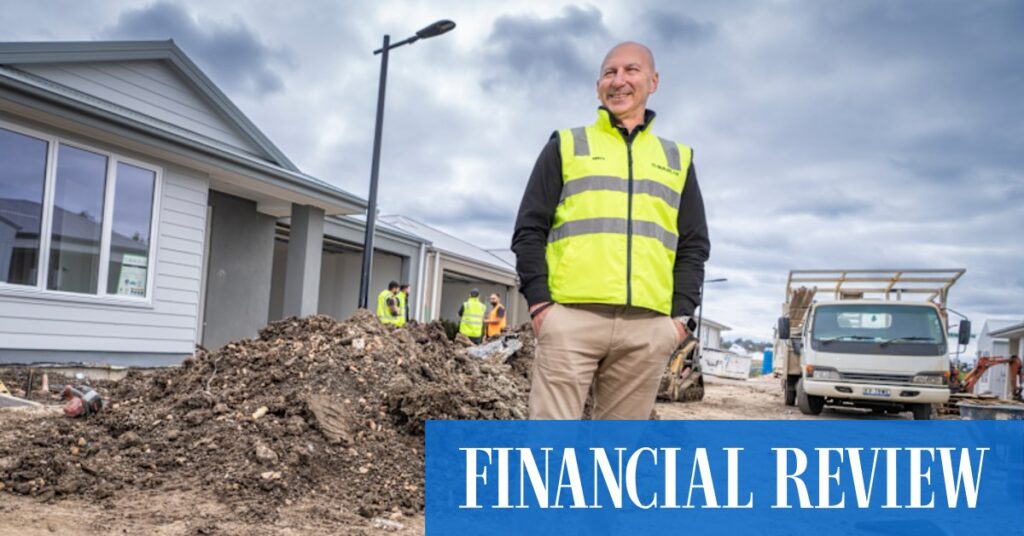
When construction industry veterans Aidan Hooper and Dale Alcock founded Buildlab in 2022, their first hire was not someone with a decade or two of building experience. Instead, they recruited Brett Cooper, a professional with a strong background in technology. Cooper, who spent 13 years working for companies like Foxtel, Telstra, Optus, and AGL Energy, was brought on board to oversee customer service processes and digital strategies—skills that Hooper and Alcock deemed crucial for their new venture.
This strategic move highlights a growing trend among Australian construction firms: integrating technological innovations from the United States to modernize home building. Buildlab, along with another rising firm, is at the forefront of this transformation, leveraging digital tools to streamline operations and enhance customer experiences.
Embracing Technology in Construction
The decision to hire someone from a tech background rather than a traditional construction role underscores a significant shift in the industry. Hooper and Alcock recognized the potential of digital strategies to revolutionize how homes are built and managed. By incorporating technology into their operations, they aim to increase efficiency, reduce costs, and improve the quality of their projects.
According to industry experts, this approach is not only innovative but necessary. The construction sector has historically been slow to adopt new technologies, often relying on traditional methods that can be inefficient and costly. However, as global competition increases and consumer expectations evolve, companies like Buildlab are finding that embracing technology is essential for staying competitive.
Learning from U.S. Innovations
The U.S. construction industry has been a leader in adopting new technologies, from advanced software for project management to cutting-edge building materials. Australian firms are now looking to these innovations as models for their own practices. By studying successful American companies, they are identifying best practices and adapting them to the local market.
For instance, the use of Building Information Modeling (BIM) has become increasingly popular in the U.S., allowing for more precise planning and execution of construction projects. Australian companies are beginning to adopt similar tools, which can lead to significant improvements in project outcomes.
“The integration of technology in construction is not just a trend; it’s the future. Companies that fail to adapt will find themselves left behind,” said a spokesperson from the Australian Construction Association.
Implications for the Future
The move towards tech-driven construction practices has far-reaching implications for the industry. As more companies adopt these strategies, the overall efficiency and sustainability of construction projects are expected to improve. This could lead to shorter project timelines, reduced environmental impact, and lower costs for consumers.
Moreover, the focus on technology is likely to attract a new generation of workers to the construction industry. With the integration of digital tools, the sector becomes more appealing to young professionals who are tech-savvy and eager to work in innovative environments.
Looking ahead, the success of firms like Buildlab could inspire further innovation within the industry. As they continue to refine their processes and demonstrate the benefits of technology-driven construction, other companies may follow suit, leading to a broader transformation of the sector.
“We are excited to be part of this change and are committed to setting new standards in the industry,” said Aidan Hooper, co-founder of Buildlab. “Our goal is to create a more efficient, sustainable, and customer-focused construction process.”
As Australian firms continue to draw inspiration from U.S. innovations, the future of home building looks promising. With technology at the helm, the industry is poised for a new era of growth and development.






